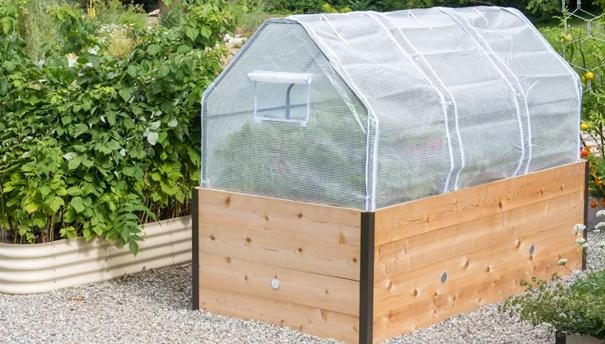The snake plant, native to western Africa, has become a beloved houseplant worldwide for its attractive, sword-shaped leaves featuring intriguing variegation patterns. These hardy indoor plants, also called "mother-in-law’s tongue", boast sturdy upright leaves with a unique stripey pattern, making them a favorite among both novice and experienced gardeners. With their air-purifying qualities and low-maintenance care requirements, snake plants are a fantastic addition to any home or office space.
Cultivars/Types of Snake Plant to Try
Aside from the classic Dracaena trifasciata with dark green leaves and yellow margins, other types include:
D. trifasciata "Hahnii": a compact dwarf cultivar that typically grows no more than 12 inches in height
D. angolensis: a fiercely pointed species known as cylindrical snake plant
D. masoniana ‘Whale Fin’: a futuristic-looking plant recognized for its broad leaves resembling a whale fin
Best Growing Conditions for Snake Plant
Light: Snake plants are adaptable and can tolerate a wide range of light conditions, thriving in low to bright, indirect sunlight. However, they prefer moderate to bright light for optimal growth.
Soil: Well-draining soil is crucial for snake plants to prevent root rot. A cactus or succulent potting mix or a blend of regular potting soil with sand or perlite works well.
Humidity: Snake plants are incredibly resilient to different humidity levels and can tolerate low humidity, making them suitable for various indoor environments.
How To Care for Snake Plants
Watering
Snake plants have a low water requirement and are susceptible to root rot if overwatered. Allow the soil to dry out between waterings, typically every 2-6 weeks depending on the environment.
Fertilizing
Infrequent fertilization is sufficient for snake plants. Apply a balanced, diluted fertilizer every few months during the growing season (spring and summer) to support healthy growth.
Pruning
Simply remove any dead or damaged leaves at their base to encourage new growth; aside from that, snake plants do not require any pruning. They are slow-growing and tend to stay in a contained clump.
Propagating
Snake plants can be propagated easily through division. Carefully separate the rhizomes or offsets from the main plant and repot them in well-draining soil to establish new plants.
Repotting
Snake plants are happy when they are slightly crowded in their contained (“pot-bound”). Repotting is only necessary when the plant outgrows its current container, typically every 2-3 years. Use fresh soil and go up just one pot size — for example, a snake plant currently in a 6-inch pot can be repotted in an 8-inch container.
Snake Plant Pests and Problems
Identifying and Controlling Pests: Snake plants are relatively pest-free, but common issues include mealybugs and spider mites. Mealybugs and spider mites can be removed with an application of neem oil.
Common Signs of Stress and Treatment: Signs of stress in snake plants include yellowing or mushy leaves, often caused by overwatering. Adjust the watering frequency and ensure proper drainage to help the plant recover.
Toxicity
Snake plants are mildly toxic to cats and dogs.
Snake Plant FAQs
Q: Can snake plants survive in low light conditions?
A: Yes, snake plants can easily tolerate low light but may grow slower. For optimal growth, provide moderate to bright, indirect light.
Q: Are snake plants and rattlesnake plants the same plant?
A: No! Despite similar common names, Snake plants (Dracaena trifasciata) and Rattlesnake plants (Goeppertia insignis; formerly Calathea lancifolia) are 2 totally different species.
Q: What should I do if my snake plant’s leaves start to rot?
A: Remove the affected leaves immediately to prevent the rot from spreading and repot the entire plant in fresh potting mix. Use a gritty, cactus potting mix and ensure the pot has adequate drainage holes.
Brand new to the world of houseplants and not sure what to start with? Consider the nearly no-maintenance snake plant! With minimal effort and attention to their basic needs, these bold beauties are sure to thrive in your home.




